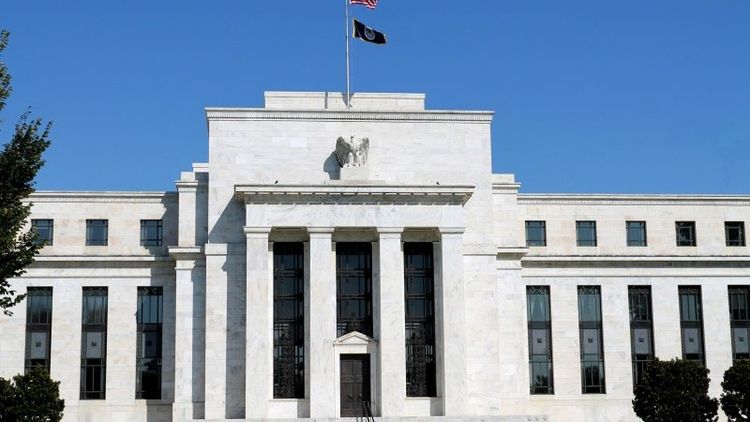USD Deposit Rates At 5% Pose Challenge

The dollar got even stronger due to the May FOMC minutes release last night. It looks like we can expect the Fed to increase rates again during the summer. It's expensive to bet against the dollar right now because overnight rates in the USA are at 5%. The dollar will continue to grow until there's proof of a slowdown in the US economy. It's wise to watch for a big raise in South Africa.
The US dollar and yields went up after the FOMC released its May minutes. James Knightley from ING talked about those minutes. There wasn't much good news for those who thought the dollar would go down, except for one thing - nobody was sure how much more tightening was needed. The minutes were mostly hawkish - inflation was still high and not slowing as much as predicted. The committee was worried that making credit harder to get might not make inflation go away. They also thought there were reasons to think that prices and activity would get higher than people expected.
The market is pricing in a 25bp hike by the July meeting. The US 2-10 year Treasury curve has inverted further, which supports the dollar. The carry trade is becoming more popular due to lower levels of volatility. This is keeping the Japanese yen, which has negative yields, under pressure. The USD/JPY is facing strong technical resistance at 139.50/140.00. If it breaks above this level, there could be a deeper short-squeeze.
Yesterday, Fitch said the US AAA sovereign credit is on negative watch. This was expected because the 'X' date is coming soon. However, financial markets are still trading as if a deal will happen. But things may change if there is no progress in a week.
Today, there will be updates on the US GDP for the first quarter and the weekly initial claims. The overnight USD deposit rates are high at 5.00%, making it tough for the dollar bears to prove their point. There is not enough proof to back their claim at the moment. If DXY goes beyond 104.00/104.20, there may be a risk that it would need to go back to its high of 105.88 in early March.
The euro is going down because the dollar is strong. China's growth prospects are also changing, and this is affecting the price of copper. The People's Bank of China is adding a lot of money to the market, which is making people think there might be a rate cut. In the past, the euro has done well when China is doing well. This is because manufacturing is a big part of the Eurozone economy.
People are worried about China's growth and think the Fed still needs to do some work. This is causing EUR/USD to be lower. It has some support at 1.0715/25, but if it goes below that, there's not much help until 1.0500/0515. If the US April core PCE deflator decreases a lot tomorrow, this risk might not happen.
Today, listen carefully to the European Central Bank speakers. Don't expect them to change the idea that the ECB will increase rates by 50bp.
Yesterday, UK inflation was released and it was 8.7% YoY, which surprised a lot of people in the UK gilt market. Our debt strategists think that the Gilt curve should invert more. This is not good for UK growth prospects, but in the past, inverted yield curves have been good for currencies. This means that our summer target for EUR/GBP near 0.8800 might be difficult to reach now.
The EUR/GBP situation suggests a retest of 0.8650. For the Bank of England to consider otherwise, we need to observe a decrease in wage/price data in the upcoming weeks. There will likely be a 25bp hike on June 22nd.
The GBP/USD has decent support at 1.2340/50. If it falls below this, it could go down to 1.2200.
We posted an update on the krona. We don't think things will get better for SEK soon. We talked about this last week in a detailed analysis. Riksbank's mistakes have hurt the krona. It's not doing well in a risky market. There's no strong resistance for EUR/SEK until 11.68 which means it could go up.
We think the exchange rate will go to 11.50/11.60, unless there is a big change in people's attitudes towards risky currencies and Europe. If the market gets even worse, the rate could go up to 11.60/12.00. This might happen even if there isn't bad news from Sweden.
The Riksbank may intervene if currency reaches critical levels before the 29th June meeting. They may use verbal intervention or even FX intervention. Although, the Riksbank may only provide limited support due to their recent dovish stance. The SEK recovery is dependent on the market, and it may not happen. It is predicted the second half of the year may see a SEK recovery, but there could be some obstacles. A difficult road ahead for the krona can be expected.
This writing is made by ING purely for informational purposes. It's not a suggestion for investment and doesn't consider the user's financial status or objectives. The information is not legal, tax, or investment advice. It is also not an invitation to buy or sell any financial product.



